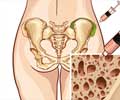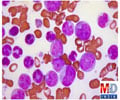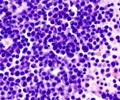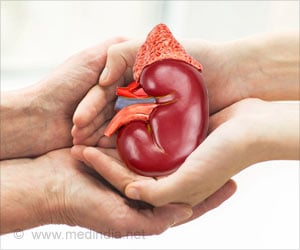In the recent years bone marrow transplant survival has more than doubled for young, high-risk leukemia patients.
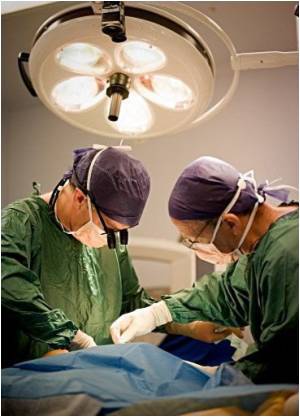
"This study shows that transplantation offers real hope of survival to patients with high-risk leukemia that is not curable with intensive chemotherapy," said Wing Leung, M.D., Ph.D., the study's principal investigator and director of Bone Marrow Transplantation and Cellular Therapy at St. Jude. Leung linked the gains to advances in cancer treatment as well as improved infection control and more sophisticated donor selection.
Five years after transplantation, survival was 65 percent for the 37 St. Jude patients with high-risk ALL treated at the hospital between 2000 and 2007, compared to 28 percent for the 57 St. Jude ALL patients who underwent treatment between 1991 and 1999. ALL is the most common childhood cancer.
AML survival after transplantation rose from 34 percent for the 50 St. Jude patients treated between 1997 and 2002 to 74 percent for the 46 AML patients treated between 2002 and 2008.
During the same periods, there was an eight-fold reduction in infections, a four-fold drop in treatment-related toxicity and a 2.5-fold decrease in leukemia-related deaths. The overall survival gains coincided with an end to irradiation therapy for St. Jude leukemia patients, a treatment that is associated with a range of immediate and long-term side effects.
"We can now identify donors for virtually all pediatric patients who need transplant to cure their leukemia. Importantly, our transplanted patients not only have high cure rates but also excellent quality of life, resulting largely from advances in chemotherapy, donor selection and supportive care," said Ching-Hon Pui, M.D., St. Jude Department of Oncology chair and the paper's senior author.
Advertisement
The largest survival gains involved patients whose blood and immune systems were rebuilt with cells from haploidentical donors. Survival for these patients increased from 12 percent in earlier ALL and AML treatment eras to 88 percent in the most recent treatment era.
Advertisement
St. Jude investigators pioneered the use of haploidentical transplants, demonstrating that careful matching of patients and donors and proper processing of the hematopoietic donor cells enhances the anti-cancer effect of transplantation without significantly increasing side effects. The process involves careful testing and HLA screening of potential donors to identify the one whose immune system is likely to mount the most aggressive attack against remaining leukemia cells using specialized immune cells known as natural killer cells. The odds of finding a good haploidentical donor are 70 to 80 percent, compared to about a 25 percent chance of having a matched sibling donor, Leung said. The likelihood of finding a genetically identical, unrelated donor ranges from about 60 to 90 percent depending on the patient's race or ethnicity.
Source-Eurekalert

